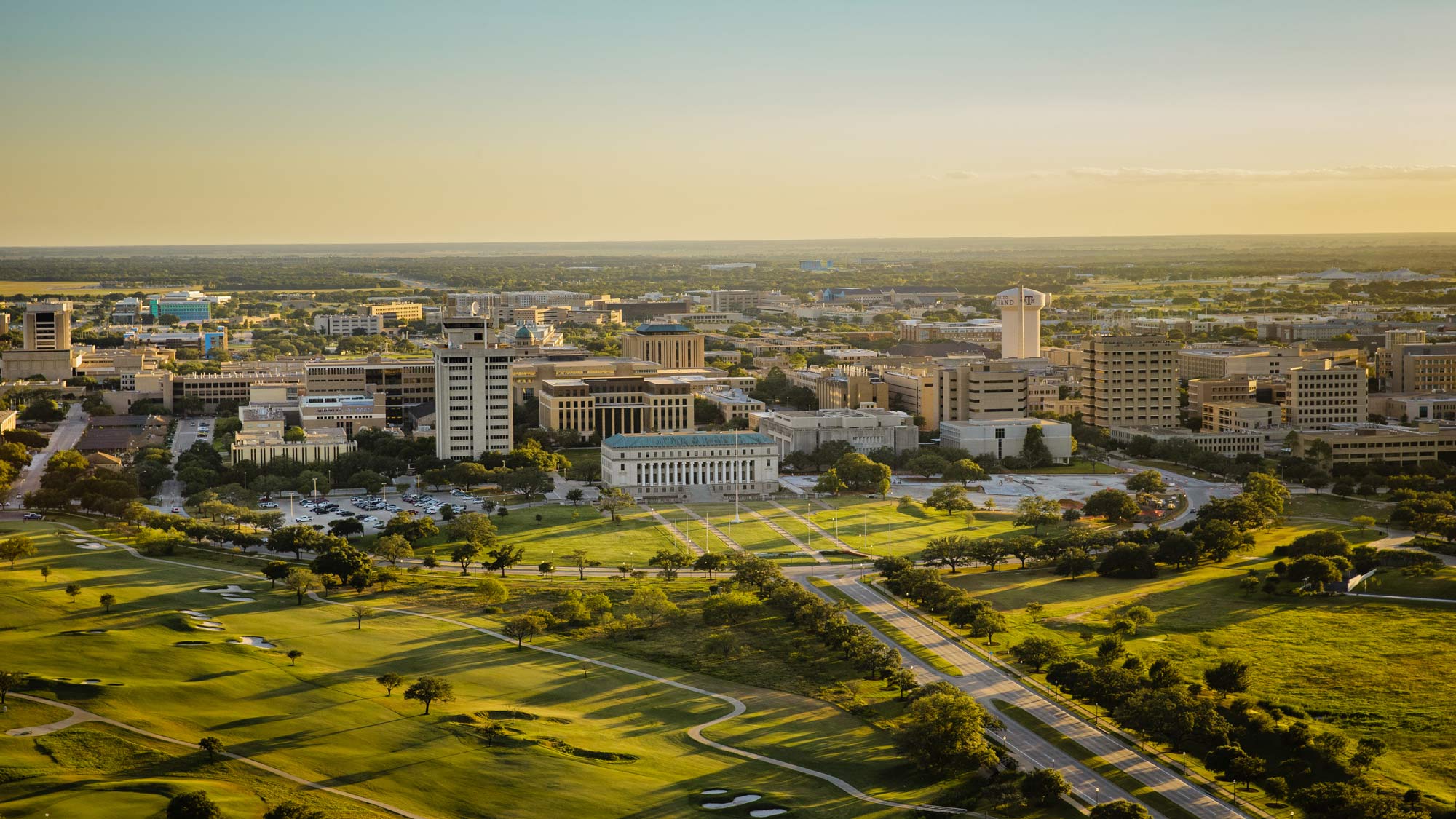
artificial intelligence
Artificial intelligence research at Texas A&M is giving the next generation of architects tools to create and explore designs in entirely new ways.
Texas A&M Researchers Map America’s Power Outage Hot Spots Using AI
Aug 14, 2025 • 3 min. readA new nationwide vulnerability index reveals a 20% annual increase in outage severity since 2019, with East and West coasts, Great Lakes and Gulf regions facing the highest risk of weather-induced blackouts.
Artificial intelligence reveals chemical emissions may be more likely following natural hazards, leading to insights for prevention.
Texas A&M System To Lead $59.8M Autonomous Helicopter Wildfire Response Initiative
Aug 1, 2025 • 4 min. readState and federal partners join forces at Bush Combat Development Complex to revolutionize wildfire response by testing AI-powered, pilotless helicopters.
The Key To Lowering Your Water Bill May Already Be At Your Door
Jul 31, 2025 • 4 min. readUsing doorbell cameras to measure rainfall could help conserve thousands of gallons of irrigation water — and save you money.
AI Turns Drone Footage Into Disaster Response Maps In Minutes
Jul 28, 2025 • 4 min. readA system developed at Texas A&M uses drone imagery and artificial intelligence to rapidly assess damage after hurricanes and floods, offering life-saving insights in minutes.
Researchers are testing a virtual assistant that may help astronauts solve unexpected problems during space travel.
AI Medical Receptionist Modernizing Doctor Appointments, Poised To Improve Patient Care Nationwide
Jun 19, 2025 • 5 min. readTexas A&M teams with Humanate, an NVIDIA Inception company, to advance “Cassie,” which uses facial recognition for more human and empathetic interactions.
Mays Business School will launch the new minor this fall.
Texas A&M professor uses artificial intelligence to transform the future of chemistry.
